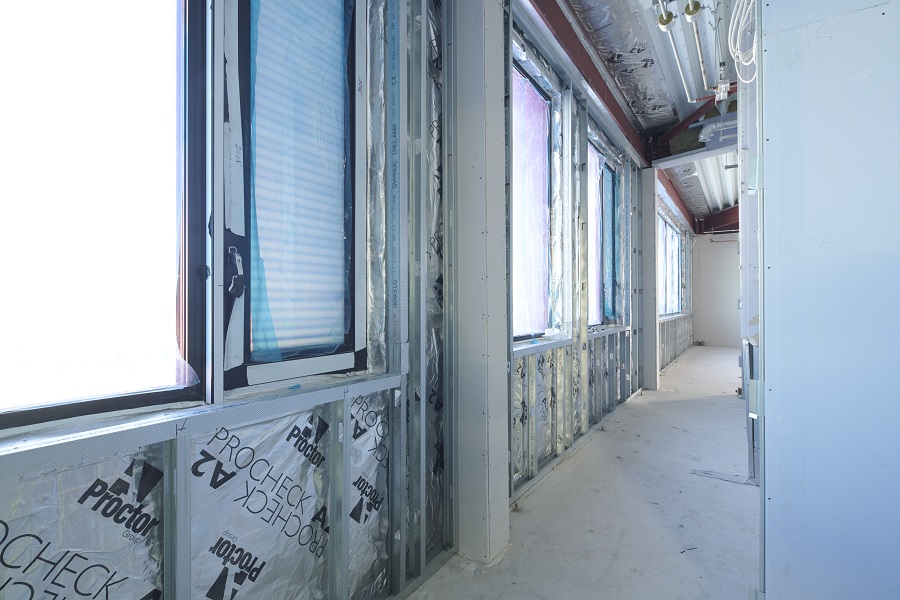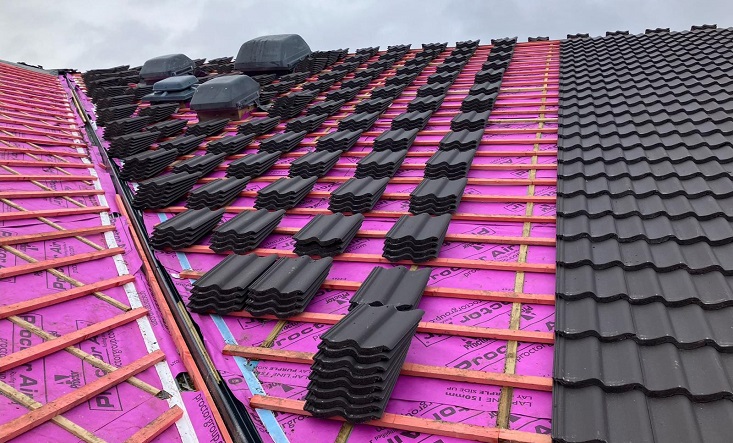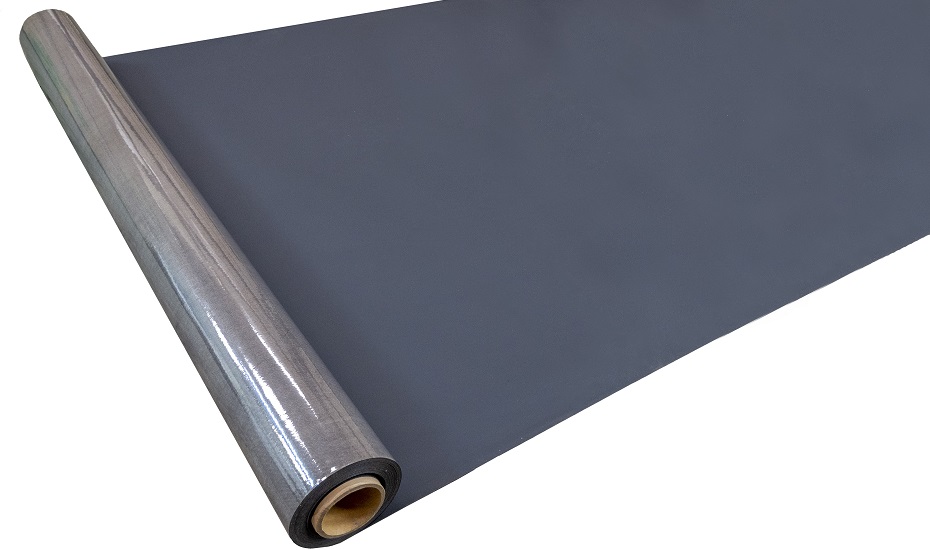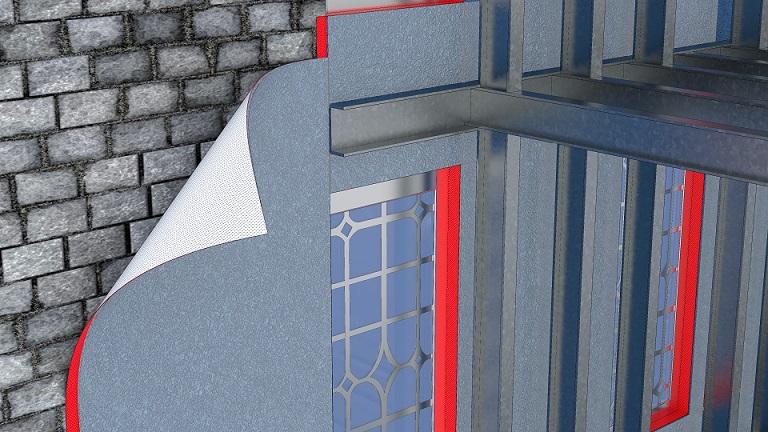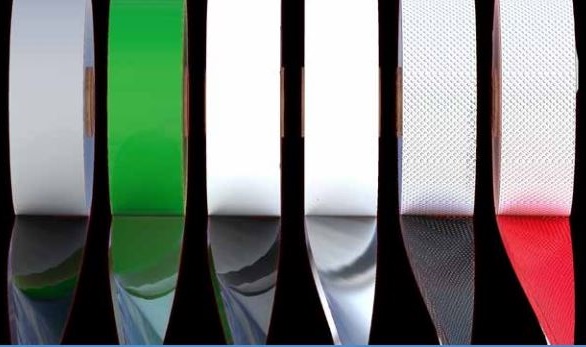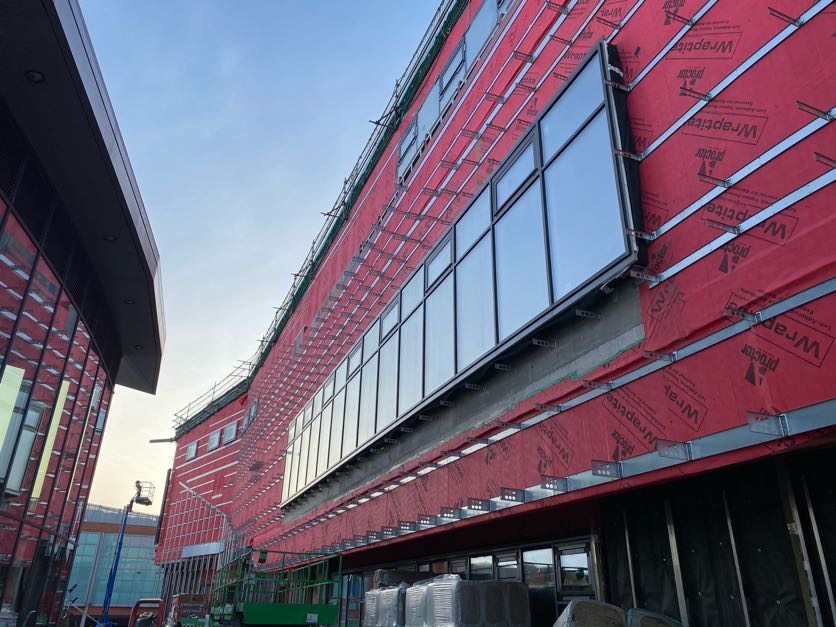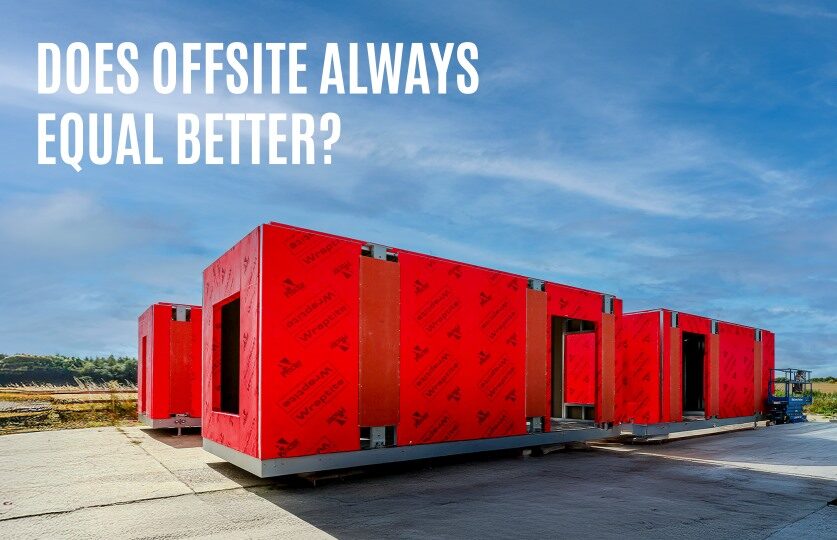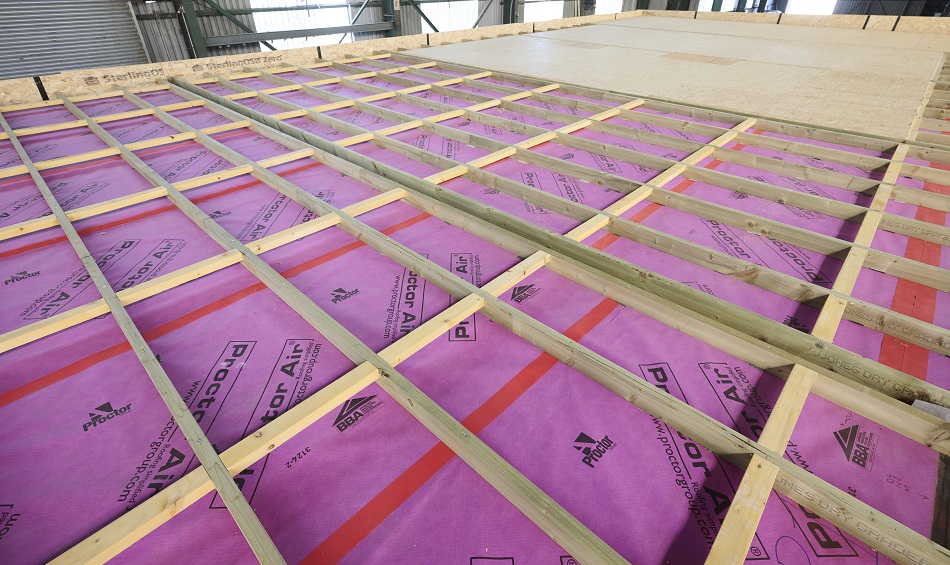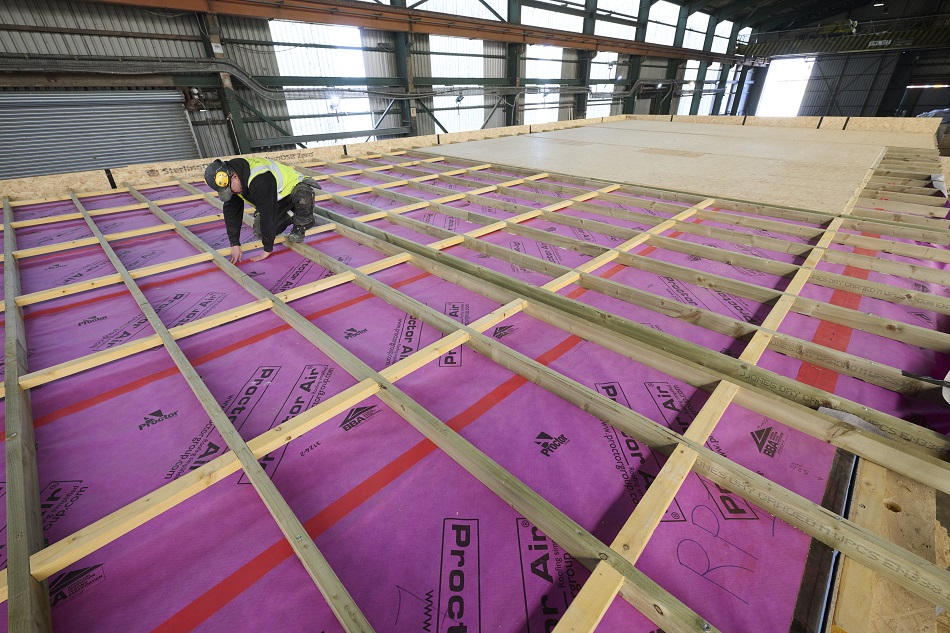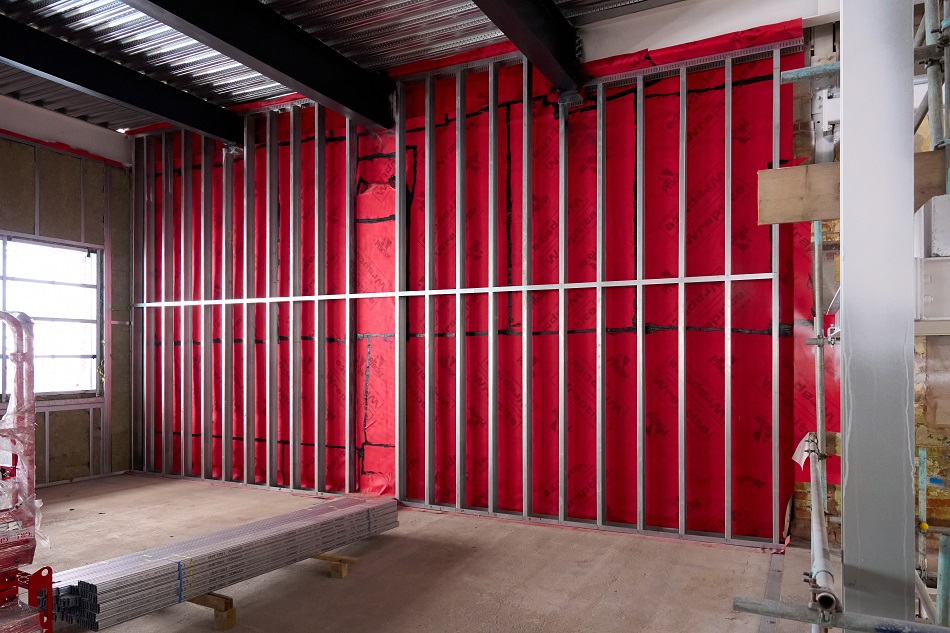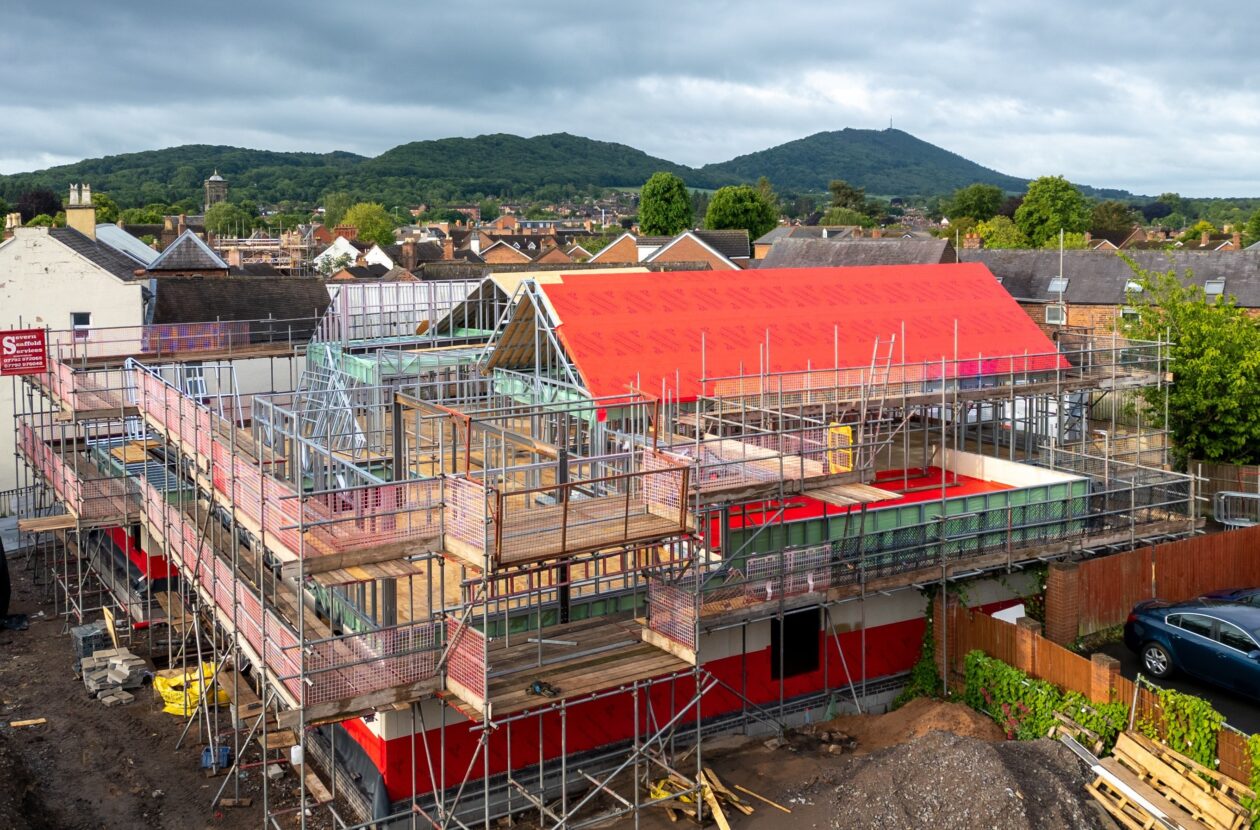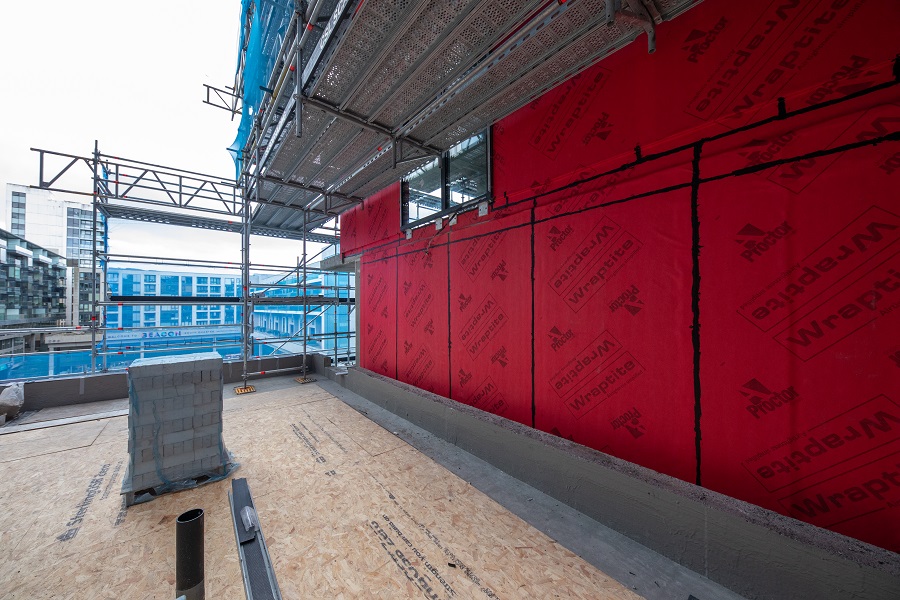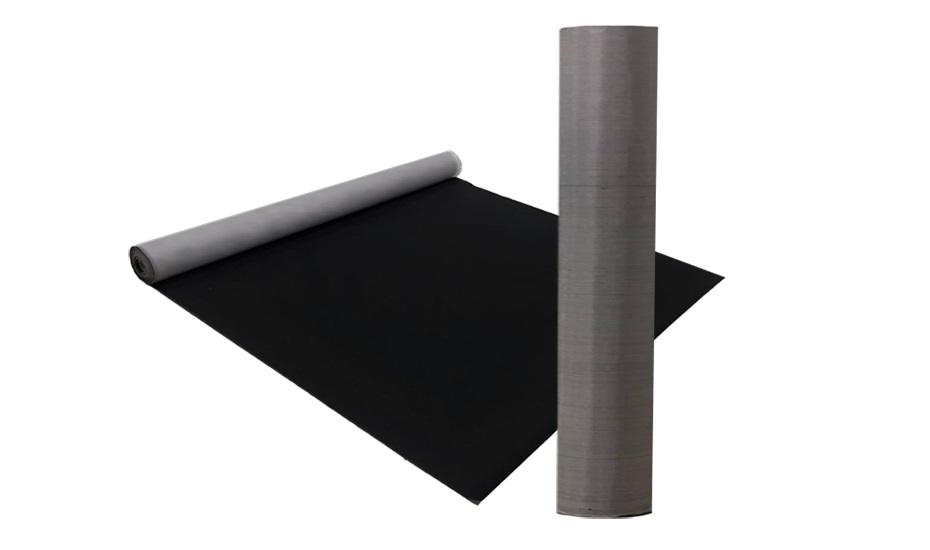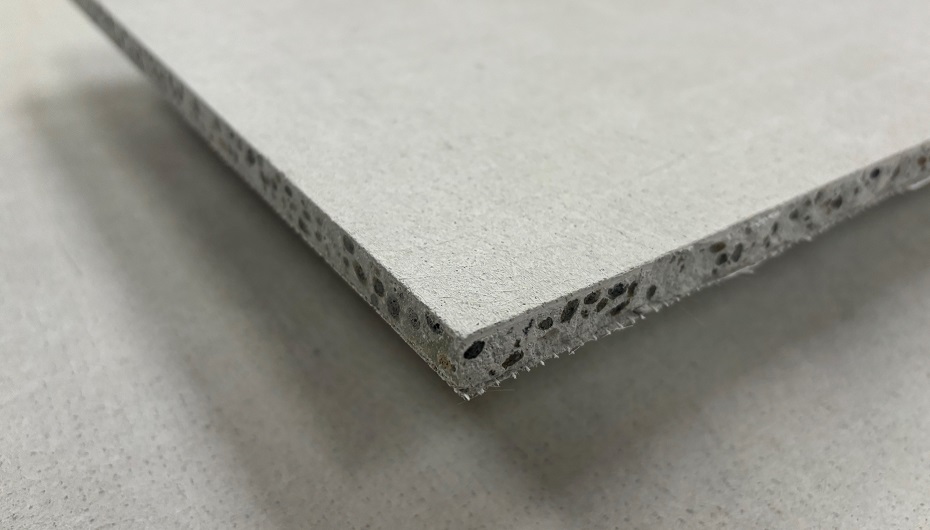Our articles in the May and June issues of Total Contractor discussed the breathability of self-adhered membranes and the behaviour of air permeable membranes in storms. Last month we covered the topic of how not all membranes are the same – something which should be kept in mind when considering any aspect of membrane performance.
We recommend reading this month’s ‘Proctor promotes good practice’ alongside any of these other topics we’ve covered recently, as they all inform one another to some extent. Now, onto this month’s good practice advice.
Walls and Roofs Require Different Classifications
Resistance to water penetration is tested in accordance with BS EN 13859 (either part 1 or part 2, for roofs and walls respectively). To achieve a W1 classification, a membrane is subjected to continuous water pressure of 2KPa (a 200mm water column) for two hours.
At the end of the test, the number of droplets noted dictates what the classification is. If any water droplets are found, then the membrane cannot be classified W1.
Due to the higher risk of water penetration in a pitched roof, a roofing underlay must have a W1 resistance to water penetration classification.
Generally, a W2 classification is required for wall membranes. However, there are applications where the higher standard is required. The most common is installing a UV-resistant membrane (such as our Wraptite® UV or Facadeshield® UV) behind open-jointed cladding. In that situation, a W1 classification after 5000 hours of ageing is required, because the membrane is the primary defence behind the cladding.
Don’t Compromise Resistance to Water Penetration for Other Performance
The drive to achieve better levels of fire safety in buildings is leading to claims that some membranes can be used in situations they’re not designed for.
As an example, we’ve seen membranes with higher levels of fire performance promoted for use in pitched roofs – but the membrane only achieves a W2 classification. The product might have vapour permeability and fire resistance but, without the correct water hold out performance, it’s not a pitched roof underlay.
Similar is happening for open-jointed cladding applications, where the level of fire performance is being promoted at the expense of the correct resistance to water penetration. If water can penetrate the wall build-up past the membrane, it can lead to wetting of the insulation, poorer energy efficiency – and maybe worse, if the structure remains wet for the long term.
Choose a Higher Classification if It Is Right for Your Project
Sometimes, membranes for timber frame walls are promoted on the basis that the membrane ‘must’ hold a W1 classification.
This isn’t the case, as confirmed by the Structural Timber Association’s STA Advice Note 18. The advice note talks about the parameters of breathable membranes. Essentially, it says there are some coastal locations that experience extreme weather conditions, and you may wish to consider a W1 classification if walls will be left exposed – which you generally shouldn’t be doing anyway.
Beware out Of Date Compliance Claims
STA Advice Note 18 provided welcome and much-needed advice on an area that could cause confusion. Breathable membranes used to be covered by BS 4016:1997, and there may still be occasions where you see a membrane product claiming compliance with the standard.
However, it has been withdrawn for some twenty years now, so any claims of compliance could be considered out of date and inaccurate.
Is a Membrane the Right Long-Term Choice for The Application?
As we are often at pains to say: not all membranes are the same, and it’s important to choose one that is right for your application, right for the specific build-up, and right for long-term performance.
Are you being promoted a membrane on that basis of something that isn’t really an issue for your project? If you’re being sold an ‘equivalent’ membrane, is it actually an equivalent?
Is the combination of vapour permeability (breathability), fire performance and resistance to water penetration right? What do standards and regulations say? What is best practice?
If that sounds like a lot of questions, that’s because it is. But they all warrant asking, because risking water ingress into a building to try and ‘solve’ another issue is not a compromise worth making.
Request a Sample
Technical Advice
CAD Detail Review
U-Value Calculation
Book a CPD
Specification Check
